Sheikh Hasina's visit to Delhi amid shifting geopolitical sands: Can India-Bangladesh ties rise above Asia-Pacific rivalries?
Now India and Bangladesh have to look for a new foundation to take the relationship between the two countries to a higher level. And deepening of economic ties can create that new foundation.
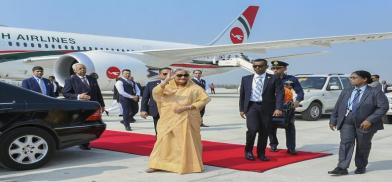
Bangladesh Prime Minister Sheikh Hasina is visiting Delhi after three years. The timing of the Delhi visit in the first week of September is very different compared to the 2019 visit, as world politics has changed immensely. This visit is in a completely changed political era. At this moment in world politics, the military and economic alliance of European countries under the leadership of the US has become stronger. At the same time, the Asia-Pacific military and economic alliance is consolidating under the leadership of the US
India is the largest country in South Asia. It is one of the countries in the US-led military and economic alliance. Still, it is simultaneously trying to maintain its own identity. Bangladesh is also trying to maintain its strategic independence in these shifting geopolitical sands without joining any grouping or alliance.
After Sheikh Hasina's visit in 2019, the relationship between India and China deteriorated significantly. This is due to the Chinese army's attack on India's Doklam border amid COVID-19. In this period of hostility between India and China, Bangladesh has tried to maintain its position by maintaining its friendship with China and keeping its relationship with India like before.
In this changing regional geopolitics, there will undoubtedly be a difference between the 2019 and 2022 visits. However, both countries will try to use this visit to resolve the problems of the two countries and take the bilateral relationships to a higher level despite the lingering shadows of big-power rivalries.
Northeast connectivity roadblocks
Anti-India rebels from India's northeast, who were operating at one time from Bangladesh territory, were a sticking point in the bilateral relationship. As a result, socio-economic development was hampered in those areas. It has been more than fourteen years since Bangladesh deported many of those insurgent leaders, for which India has repeatedly thanked the Bangladesh leadership.
India has meanwhile taken full advantage of this period of relative peace to bring in large-scale development in the northeastern states that border Bangladesh and is now keen on promoting greater connectivity between Bangladesh and the Northeast India in mutual interest.
Bangladesh and India have, however, not progressed much in terms of enhancing connectivity despite all the talk. One of the reasons the trans-border road or rail links are not being implemented is due to the slow pace of India's line of credit for these connectivity projects. Both countries must find the reasons behind this tardiness and rectify this.
After that, there is a need to pay attention to the technical aspects of how to build such a road on the soil of Bangladesh. Because the cost of road construction and maintenance on the clay soil in Bangladesh is higher than in other countries, one must also consider waterways as an important connectivity aspect.
River water sharing
A lot of progress has been made between India and Bangladesh in transhipment. There were supposed to be four trials of transhipment, two of which were successful. But the task of determining the tariff is still not over, which is at the last stage. The more transhipment increases after the completion of the processes of tariff determination, the more the port authorities of Bangladesh will benefit and India will also benefit from the transportation of more goods.
Also, India and Bangladesh have a joint river commission (JRC) of 54 rivers. Only the Ganges water problem has been solved. There is an agreement on Teesta water. But it is not being implemented due to the resistance of India's West Bengal state government. Even though Bangladesh eagerly wants the issue to be resolved, the continued friction between West Bengal’s ruling party and the ruling party of the Indian government is unlikely to help matters.
On the other hand, the Kushiara river water problem may be resolved based on the consensus reached at the recently concluded India-Bangladesh JRC meeting in New Delhi. India is expected to offer Bangladesh a line of credit of two billion US dollars if the Kushiara sharing issue is satisfactorily worked out at the summit.
Economic shocks
Neither India nor Bangladesh has been left out of the shock to the world economy due to COVID-19 and Russia's invasion of Ukraine. However, the economic shock is always greater in smaller countries. Sri Lanka has fallen into a grave crisis because of this. Bangladesh is doing the best among the smaller countries of South Asia. As a result of the Ukraine war, the fuel oil and gas crisis has emerged as the biggest problem in Bangladesh. Because of the gas and oil crisis, Bangladesh cannot produce the necessary electricity despite having the capacity. Due to interruptions in electricity production and natural calamities like floods, there has been some rice shortage in Bangladesh. Earlier, Bangladesh was self-sufficient in staple food, but now Bangladesh has to import some rice.
India has provided food, gas, and oil aid to its South Asian neighbour Sri Lanka. Similar help is being given to Nepal, Bhutan and Afghanistan. Therefore, it can be assumed that Bangladesh will get a certain amount of rice and gas assistance from India after Sheikh Hasina's visit.
Fifty years ago, India provided all kinds of assistance to Bangladesh in its freedom struggle. Therefore, one of the foundations of the relationship between India and Bangladesh was the passion for the Liberation War. The truth is, fifty years later, that emotion has naturally become part of history. Now India and Bangladesh have to look for a new foundation to take the relationship between the two countries to a higher level. And deepening of economic ties can create that new foundation.
In terms of deepening economic relations, if India offers 2% of its market share of 1.4 billion people for garment products, Bangladesh can have a much larger market for its world-renowned garment industry.
Border stability and development
Besides, India and Bangladesh are working on improving healthcare and education in their respective countries. If some of the border towns of India and Bangladesh are jointly developed as education and medical hubs, people on both sides of the border will stand to benefit.
The border between India and Bangladesh is much more peaceful than most world borders. So the two countries can go a long way by increasing border trade by exchanging their currencies. And this will not only bring stability to the border but can be one of the foundations of a firmer relationship between the two countries.
Lastly, Bangladesh has been experiencing a Rohingya refugee crisis since 2017. India needs to take more initiative to resolve this problem. Like Bangladesh, India also has security interests in the region because many Rohingya factions are known to have militant links. India needs to take the initiative to convince the Western world that it is important for the refugees to be repatriated to Myanmar as early as possible.
It has been five years since the refugee crisis in the area started. Therefore, before the issue becomes dire, it should be resolved. Terrorism knows no boundaries, as we have seen in many instances all over the world in the past.
(Swadesh Roy is a senior Bangladeshi journalist who was awarded Ekushey Padak in 2017 by the Government of Bangladesh in the journalism category; Safen Roy is a Bangkok-based Bangladeshi researcher. Views are personal.)



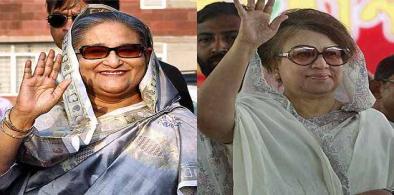
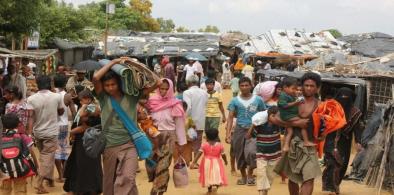
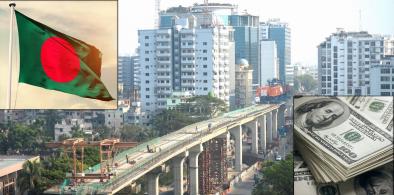
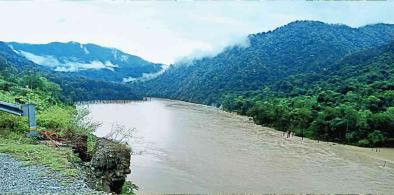
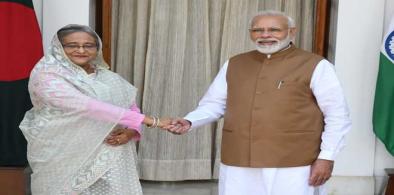
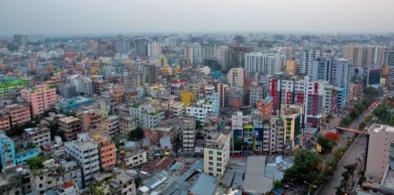
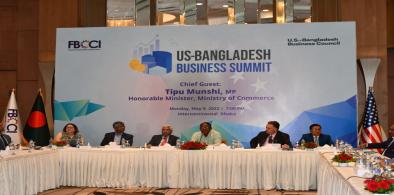
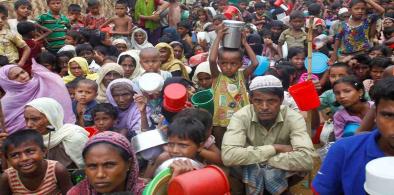











Post a Comment